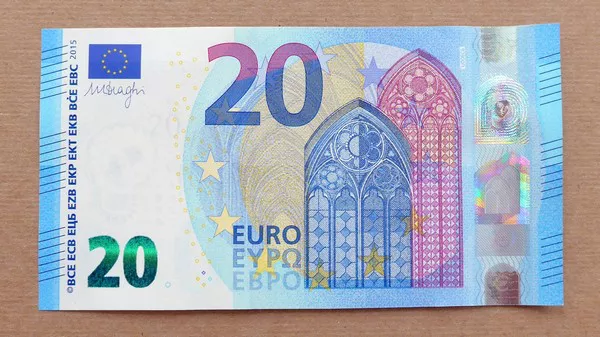During the early European session on Friday, the EUR/GBP pair continued its upward momentum, trading around 0.8520. The Pound Sterling (GBP) has experienced a decline, providing support to the EUR/GBP cross. This decline can be attributed to the release of lower-than-expected Retail Sales data from the United Kingdom (UK).
In April, UK Retail Sales (MoM) recorded a significant decline of 2.3%, following a downwardly revised 0.2% fall in March and a worse-than-expected decline of 0.4%. This marks the most substantial decrease in retail sales in four months. Annually, Retail Sales also saw a decline of 2.7%, contrasting with the previous increase of 0.4%.
Core Retail Sales, which exclude auto motor fuel sales, experienced a 2.0% decrease MoM, compared to a 0.6% decline in March. On an annual basis, Core Retail Sales declined by 3.0%, compared to no change in the previous month.
Additionally, GfK Consumer Confidence for May improved slightly to a reading of -17, up from -19 in April. This reading exceeded forecasts of -18, indicating an uptick in consumer sentiment despite ongoing concerns about the cost of living crisis and high borrowing costs.
Joe Staton, client strategy director at GfK, commented, “All in all, consumers are clearly sensing that conditions are improving. This good result anticipates further growth in confidence in the months to come.”
On Thursday, the Eurozone Preliminary Manufacturing Purchasing Managers Index (PMI) for May showed improvement, rising to 47.4 from April’s 45.7, surpassing the expected reading of 46.2 and reaching a 15-month high. This positive development in the manufacturing sector contributed to the strength of the Euro.
According to a Bloomberg report on Wednesday, European Central Bank (ECB) President Christine Lagarde expressed confidence that Eurozone inflation remains under control. She hinted at the likelihood of an interest rate cut next month. Financial markets have already priced in a 25 basis-point cut in June, according to LSEG data.



























